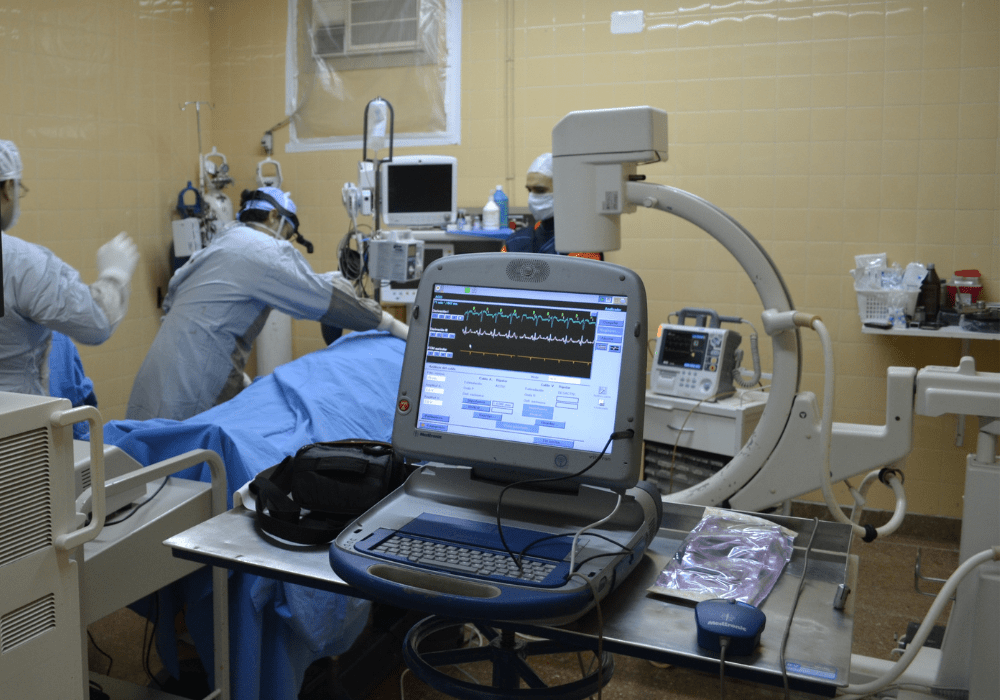
Roughly 550,000 people in the United States are on recurring dialysis, a crucial treatment that can be the difference between life and death for a patient suffering from kidney faliure. During Hurricane Harvey, Ariel Brigham was left stranded in her flooded apartment, missing numerous dialysis appointments which treated her kidney failure.
Brigham relied on three dialysis treatments per week to survive but due to the flooding from Hurricane Harvey, was stranded in her apartment for a week. Without care, Brigham’s body began to swell with 18 pounds of toxins and fluid. Without a filtering process, she would die. Upon arriving to the hospital, she was nearly rejected for a second dialysis treatment due to the high demand and low number of dialysis machines in stock.
Brigham’s story captures the experience of many who experience difficulty accessing their dialysis treatments amidst public health disasters. During the Covid-19 pandemic, clinicians had to make difficult choices to choose which patients needed the dialysis more. Brigham’s experience demonstrates that access to dialysis treatments is a public health issue.
The story calls for legislation to include dialysis machines in the U.S. Strategic National Stockpile (SNS), a stockpile of medical supplies stored through out the country in the case of an emergency. Some additional issues need to be addressed along with this lack of equipment. For example, difficulty in maintaining the efficiency of these machines through constant routine inspections is a major reason for why dialysis machines were not previously included in emergency caches.
As a response, the Centers for Medicare and Medicaid Services now requires all dialysis facilities to have an emergency response plan to decrease shortages through out the country amid a natural disaster. Additionally, Congress is debating the Pandemic and All-Hazards Preparedness Reauthorization Act, which would supply the emergency stockpile for future disasters to come. However, many dialysis patients continue to worry about their access to the treatments.
By Maya Yorks
